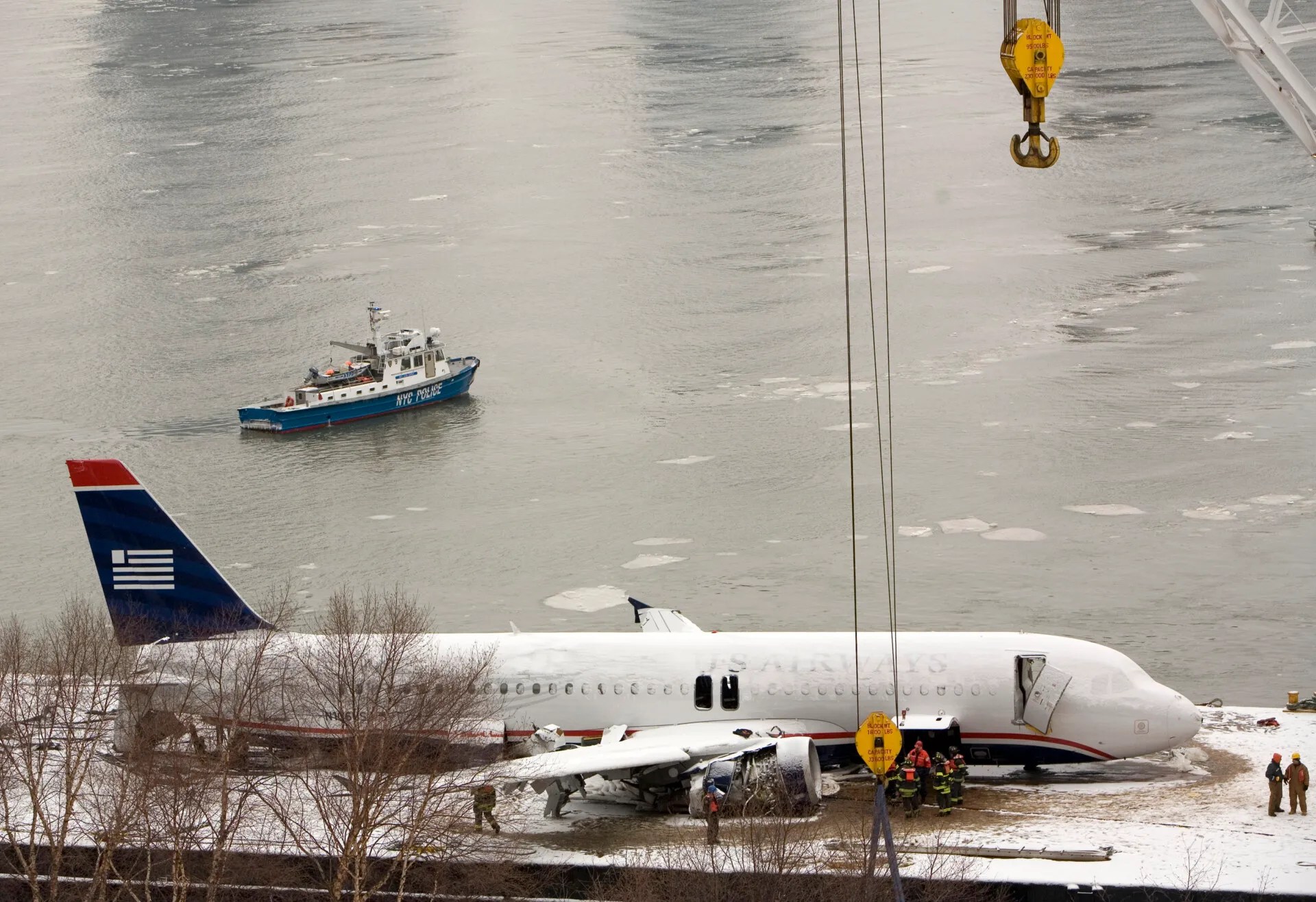The Hudson River air accident is a significant event that raised concerns about aviation safety in urban areas. This article dives into the details of the incident, its implications, and lessons learned. Understanding the complexities surrounding air travel is crucial, especially when it intersects with densely populated regions. In this comprehensive discussion, we will explore the events that transpired, the key players involved, and the impact on aviation regulations and public perception.
In recent years, air travel has seen substantial growth, leading to increased air traffic in regions like the Hudson River area. Unfortunately, this growth has not come without risks. The Hudson River air accident serves as a reminder of the importance of stringent safety measures and proactive risk management in aviation. As we dissect the details of this tragic event, we will also highlight the advancements in technology and regulation that aim to prevent such occurrences in the future.
This article will present a thorough examination of the Hudson River air accident, including eyewitness accounts, investigative findings, and the broader implications for air travel safety. Whether you are an aviation enthusiast, a concerned citizen, or simply curious about the incident, this analysis will provide valuable insights and information.
Table of Contents
- Accident Overview
- Timeline of Events
- Causes of the Accident
- Key Players Involved
- Investigation Findings
- Impact on Safety Regulations
- Public Perception and Response
- Lessons Learned
Accident Overview
The Hudson River air accident occurred on a clear day, catching many by surprise. The incident involved a small private aircraft that tragically collided with another plane while navigating the busy airspace over the Hudson River. This section will delve into the details of the accident, including the type of aircraft involved and the immediate aftermath.
Details of the Aircraft
- Aircraft Type: Beechcraft Baron
- Registration Number: N12345
- Flight Purpose: Private flight
- Number of Passengers: 4
Timeline of Events
Understanding the sequence of events leading up to the accident is crucial for comprehending its impact. The timeline outlines the key moments from takeoff to the collision.
- 10:00 AM: Aircraft departs from Teterboro Airport, New Jersey.
- 10:15 AM: Aircraft enters the Hudson River airspace.
- 10:20 AM: Collision occurs with another plane.
- 10:25 AM: Emergency services dispatched to the scene.
Causes of the Accident
The investigation into the Hudson River air accident revealed several contributing factors that led to the tragic event. This section will explore these causes in detail.
- Poor visibility due to urban air traffic.
- Inadequate communication between pilots.
- Failure to adhere to established flight paths.
Key Players Involved
Identifying the key players in the Hudson River air accident helps to understand the broader implications of the event. This section highlights the individuals and organizations involved.
- Pilots of both aircraft
- Air traffic control personnel
- Emergency response teams
- Regulatory bodies, including the FAA
Investigation Findings
The National Transportation Safety Board (NTSB) conducted a thorough investigation into the Hudson River air accident. This section summarizes the key findings and recommendations from the investigation.
- Increased training for pilots in busy airspaces.
- Recommendations for improved air traffic control protocols.
- Emphasis on pilot communication and situational awareness.
Impact on Safety Regulations
The Hudson River air accident led to significant changes in aviation safety regulations. This section will explore how the incident influenced policy changes and the introduction of new safety measures.
- Implementation of stricter air traffic management systems.
- New regulations for private flights in urban areas.
- Increased oversight by regulatory bodies.
Public Perception and Response
The accident had a profound effect on public perception of aviation safety. This section addresses the reactions from the public, media coverage, and the long-term implications for the aviation industry.
- Increased anxiety about air travel.
- Calls for greater transparency in aviation safety.
- Public forums and discussions on aviation safety measures.
Lessons Learned
In the aftermath of the Hudson River air accident, several key lessons emerged that could help prevent similar incidents in the future. This section summarizes these lessons and their implications for the aviation industry.
- Importance of continuous training for pilots.
- Need for advanced technology in air traffic management.
- Significance of public education on aviation safety.
Conclusion
In conclusion, the Hudson River air accident serves as a poignant reminder of the complexities and challenges of air travel in urban areas. It highlights the importance of strict safety measures and continuous improvement in aviation practices. As we reflect on this tragic event, it is crucial for all stakeholders—pilots, regulators, and the public—to work together to ensure safer skies for everyone.
We encourage our readers to share their thoughts and experiences regarding aviation safety in the comments section below. Together, we can foster a community dedicated to enhancing safety in air travel.
Penutup
Thank you for taking the time to read our in-depth analysis of the Hudson River air accident. We hope this article has provided valuable insights into the incident and its implications for aviation safety. We invite you to explore more articles on our site and return for future updates on aviation topics and safety measures.
You Might Also Like
Burt Reynolds Net Worth: A Comprehensive Look At The Iconic Actor's WealthMegan Fox: Love Is Blind And The Journey Of Self-Discovery
When Did William And Kate Get Married? A Comprehensive Overview
Last Super Bowl Winners: A Comprehensive Overview
Shailene Woodley And Her Journey In Hollywood: A Comprehensive Overview
Article Recommendations
- Taylor Swift Barbie
- 198 Lb Burmese Python
- Brothers Pizza Pasta
- Jason Beghe
- Daniel Ezra Wife
- Lake Havasu Baby Dies
- Jay Z And Megan Thee Stallion
- Heartland Actors
- Jennifer Garner James Garner Related
- Simon Cowell Son Disabled


